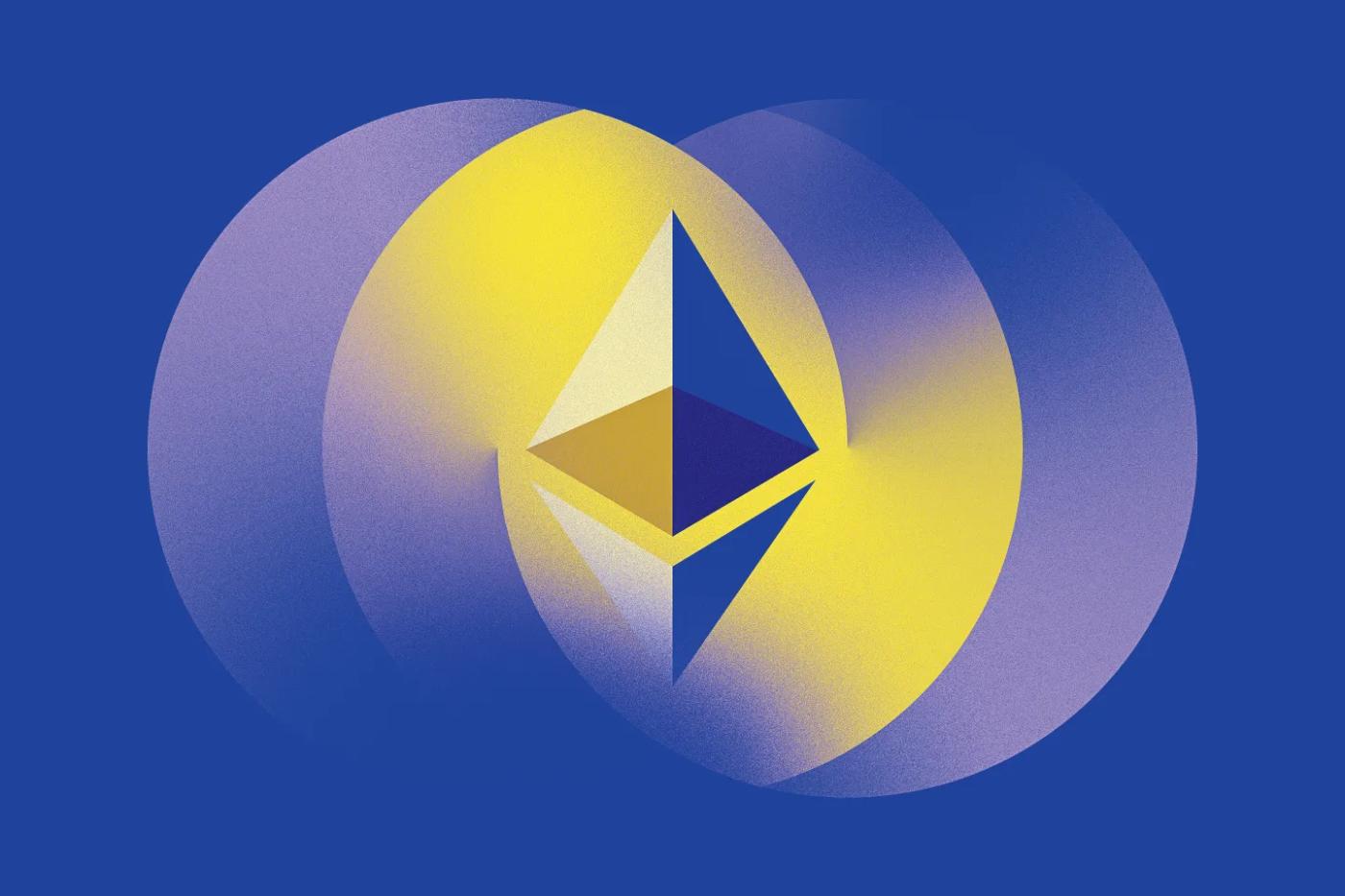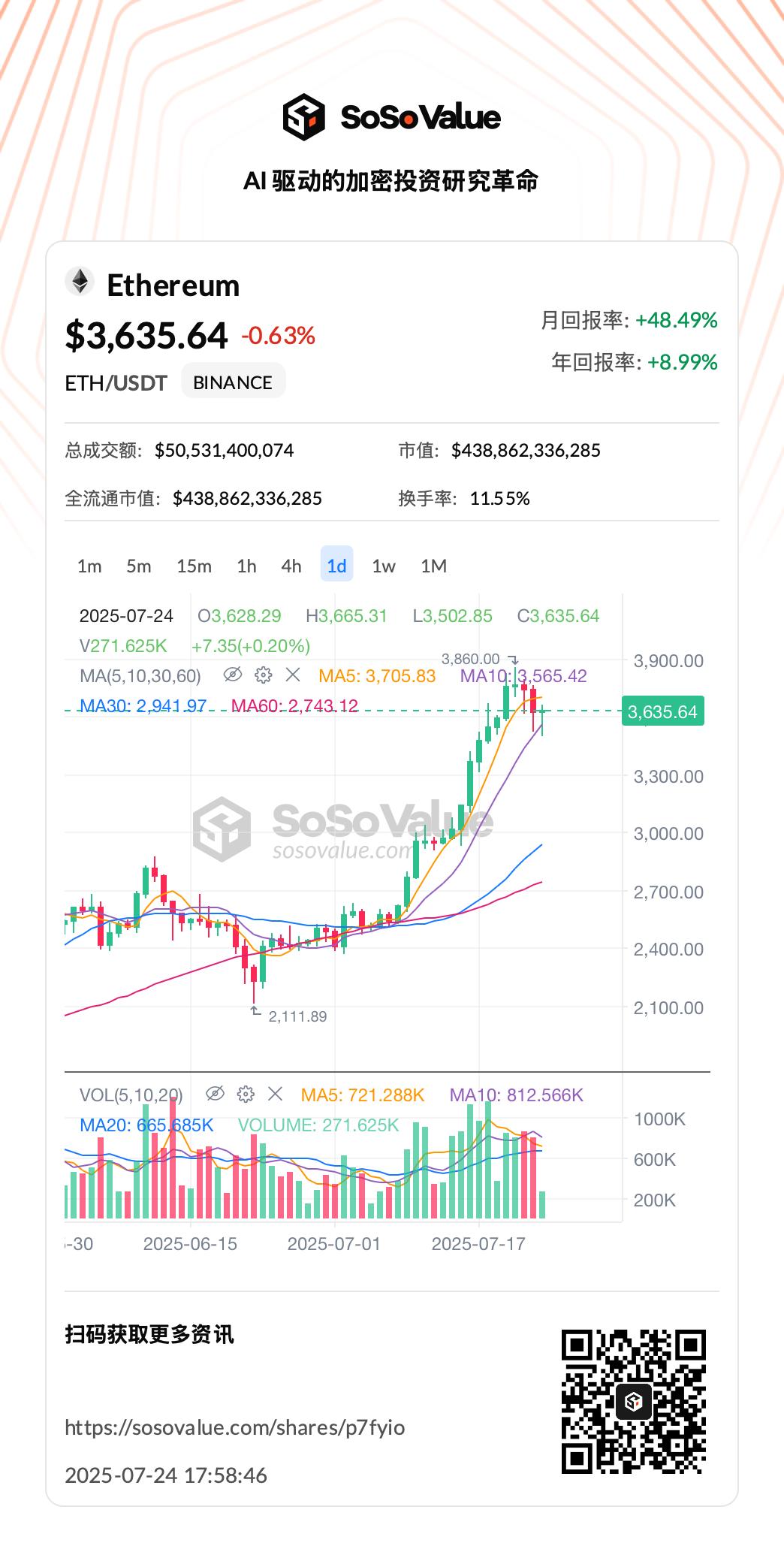Original from SoSoValue

The market has reached a point that is hard to understand.
On one side, ETH price is stagnant, causing frustration; on the other side, shocking headlines like "ETH worth $2.3 billion is queuing to exit Staking, the largest sell-off in history is coming!" Panic emotions spread instantly. It feels like sitting in a theater where the lights are flickering, and audience members in the front rows start to leave. Your heart is racing: Is the performance going to fail? Should I run too?
Don't rush. Before impulsively pressing the "sell" button, let's be calm detectives and return to the most basic questions: Who is selling? And more importantly, who is buying? When you see the cards on both sides of the table, you'll discover this is not a panic stampede, but a "changing of the guard" reshaping the future.

Investigation Step One: Who are the Sellers
The main ETH sellers recently come from three forces:
- Early investors taking profits: As ETH price reaches new highs, many early holders choose to cash out and sell part of their holdings.
- Large-scale unlocking of on-chain Staking: After the Shapella upgrade, ETH Staking participants can more flexibly withdraw locked principal and rewards, with a large amount of long-term locked ETH entering circulation, part of which is being liquidated.
- Institutional and whale repositioning at high points: Some institutions and large capital accounts choose to switch to other assets or conduct speculative arbitrage at high points.
The rest of the translation follows the same professional and accurate approach, maintaining the original structure and meaning while translating into clear, fluent English.
"Queue Entrants": At the same time, 357,000 ETH are queuing to enter. This is new, more confident long-term capital coming to "take over" with faith in Ethereum's future.
Key Insight: This is not a one-way "escape", but a healthy "shareholder transition". Short-term speculators are transferring chips to long-term value investors, which not only does not weaken the network, but optimizes the investor structure and lays the foundation for the next round of growth.
In-Depth Analysis - ETH's "Three Major Engines"
Engine One: Value Magic Endowed by Deflationary Mechanism
After Ethereum's EIP-1559 upgrade, the base fee for each transaction is automatically burned, meaning the total circulating ETH is continuously decreasing. Driven by DeFi prosperity and active on-chain activities, the burning speed even exceeds the issuance of new ETH, making Ethereum "deflationary" - ETH becomes increasingly scarce. Compared to traditional fiat currency (arbitrarily issued) and Bitcoin (fixed cap), ETH not only resists depreciation risk but also builds a stronger value anchor under the supply-demand mechanism, hence being dubbed by the community as "ultrasound money": continuous reduction in circulation, with each ETH containing stronger purchasing power and store of value attributes. It is this mechanism that gives ETH unprecedented "sonic-level" scarcity and value growth potential in the digital economy.
Engine Two: Staking - The "Long-Term Government Bond" of the Economic Body
Each staked ETH is like a long-term government bond, solemnly "locked" in Ethereum's treasury. Holders are willing to temporarily remove ETH from the market in exchange for continuous network security and generous "interest" - a resonance of trust and foresight. Currently, the total staked ETH network is still over 34 million, accounting for ~29% of total supply, meaning almost one in three ETH is chosen as a "long-term government bond", locked as the cornerstone of Ethereum's economic protection.
Since the Shapella upgrade opened flexible withdrawals, net staking inflow has reached over 12 million ETH, fully confirming the market's trust in Ethereum's future and "dollar-cost averaging". People "deposit" ETH in the national treasury, enjoying network rewards while making circulating ETH more scarce, providing a price floor for ETH. It can be said that each "government bond" on Ethereum is a triple insurance of market confidence, network security, and long-term value.

Engine Three: Regulatory Dividends Promote Stablecoin Inflow, Driving Ethereum On-Chain Economic Activity
After the GENIUS Act (US stablecoin regulatory law) passed, it attracted many companies to announce layout or prepare to issue stablecoins, launching a new round of "stablecoin competition". Currently, multiple top financial and tech enterprises have clearly stated they will enter this field, with traditional banks and large retail tech companies being particularly proactive. The total market cap of stablecoins recently reached $244 billion, with Ethereum ecosystem accounting for about 54%.

When stablecoins flow into Ethereum, it's like batch after batch of "cargo ships" sailing into the port, moving real-world money into the on-chain world. These "ships" make Ethereum's economic port unprecedented busy, with the on-chain DeFi market flourishing. Large stablecoin inflows into the Ethereum ecosystem not only indirectly drive on-chain economic activities and increase gas fees but also bring continuous buying demand for ETH (for paying fees and staking).
Risk Assessment: The Road Ahead Is Not Smooth
Despite bright long-term prospects, to provide investors with a balanced perspective, we must identify and assess potential risks and challenges Ethereum faces. These factors may impact price and network development in the short to medium term.

ETH itself has been defined as a commodity, and whether Staking products and certain innovative derivatives around Ethereum are securities remains controversial, but the overall framework is moving towards clarity.
Conclusion: Clearing the Clouds, Where Does the Investment Compass Point?
The "ice" on the Ethereum market surface (price volatility, exit wave) cannot conceal its internal "fire" (ETF structural buying, investor base reshaping). The current "major blood replacement" is not a signal of bodily decay, but a metabolism that makes Ethereum's body healthier and stronger.
The conclusion is very clear: for investors who can pierce through the fog and identify structural trends, the current market volatility is not an "escape signal", but a strategic "good entry opportunity". As a long-term bull market target in the secondary market, ETH can only truly align price with value after thorough turnover and chip sedimentation. For investors, what truly needs consideration is: how long are you willing to accompany this investment, and how much confidence and patience do you have to persist to the end.







